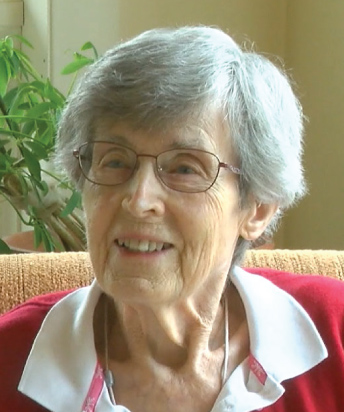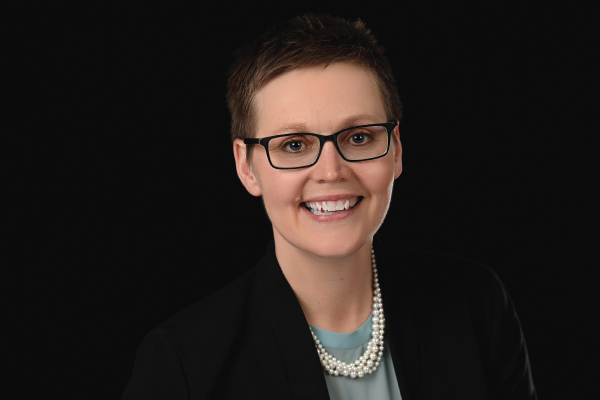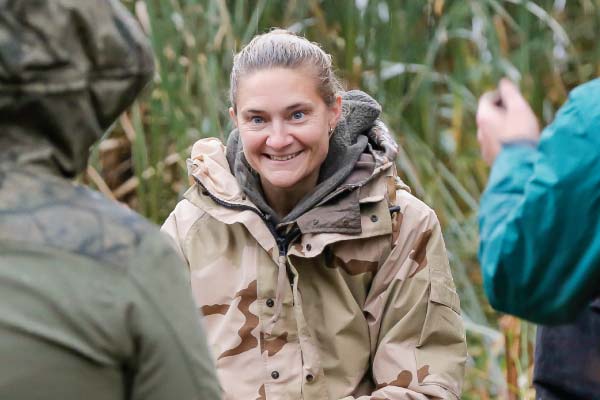Top-Secret 'War Work'
Physicist was one of few female scientists to work on the Manhattan Project, the focus of the summer blockbuster film, ‘Oppenheimer.’
Kathleen (Kane) Maxwell, ’39, was one of few women on the Manhattan Project, our country’s top-secret program to make the first atomic bomb during World War II. She was the sole female physicist in her division at Kellex Corporation, Inc.
The Manhattan Project returned to the public spotlight in July with the blockbuster movie “Oppenheimer.” Prior to Kathleen’s death in 2016, the Atomic Heritage Foundation (AHF) recorded an in-depth interview with her and granted permission to use excepts for this article.
After graduating from UND and receiving a master’s from Smith College, Kathleen was teaching aerospace classes at Smith when the American Physics Society called upon its physicists to do “war work.”
Kathleen responded, joining Kellex in Jersey City, New Jersey, in 1942. Kathleen was not informed about the nature of her work, but to her it was obvious. “There was no question what we were working on,” she told the AHF. (Another hint may have been the requirement that each scientist have extra insurance policies and take frequent urine tests.)

Kathleen Maxwell was interviewed by the Atomic Heritage Foundation in 2016.
Still, Kathleen said her husband Francis, ’39, a member of the U.S. Army stationed at Panama Canal, had no idea what she was doing. Her mother thought she was working at a cornflake company. (Kellex was a subsidiary of the M. W. Kellogg Company).
Kathleen’s team was routinely called to troubleshoot issues with uranium, a key component of the atomic bomb. Uranium, she said, was like lightning creating small holes in crucial seals. “I have never been so absorbed in any one thing in my life,” she said.
Just as J. Robert Oppenheimer (a leader of the Manhattan project often called the “father of the atomic bomb”) was depicted in the movie, Kathleen and her coworkers were conflicted when the U.S. dropped the bombs on Hiroshima and Nagasaki in 1945. “We’ve saved one terrible thing and done another,” she recalled her team’s reaction.
We’ve saved one terrible thing and done another.Kathleen Maxwellrecalling her team's response to dropping the atomic bombs
THE MAXWELLS MEET AT UND
Kathleen was the only girl in a UND physics class in 1937 when she met Francis, she told the Wellesley Townsman on their 70th anniversary in 2012. Kathleen said she “breezed all the way through” UND’s math classes. She also studied chemistry and physics and worked in the UND registrar’s office for four years.
After the war, the Maxwells had seven children and lived in Wellesley, Mass. In 1966 they set up the Hub Foundation Company, specializing in pile driving, which they later sold to their son. Kathleen served as treasurer until 2000.
She died in 2016 at age 97.


